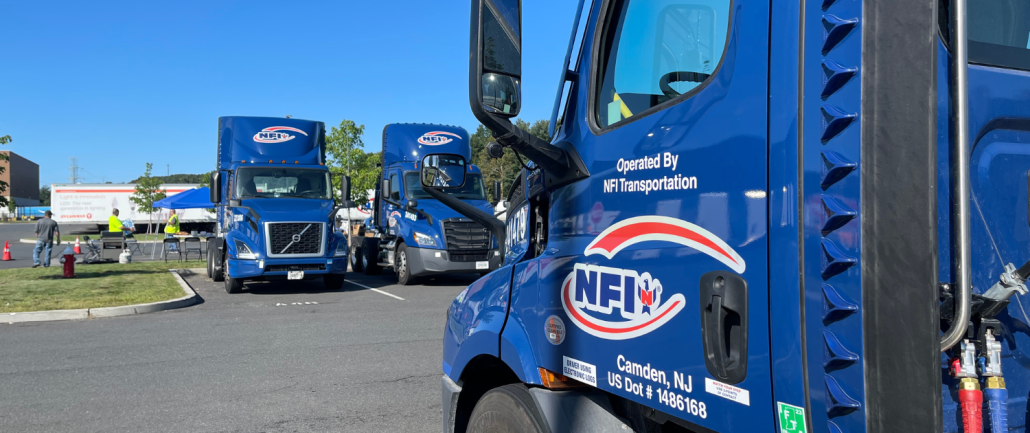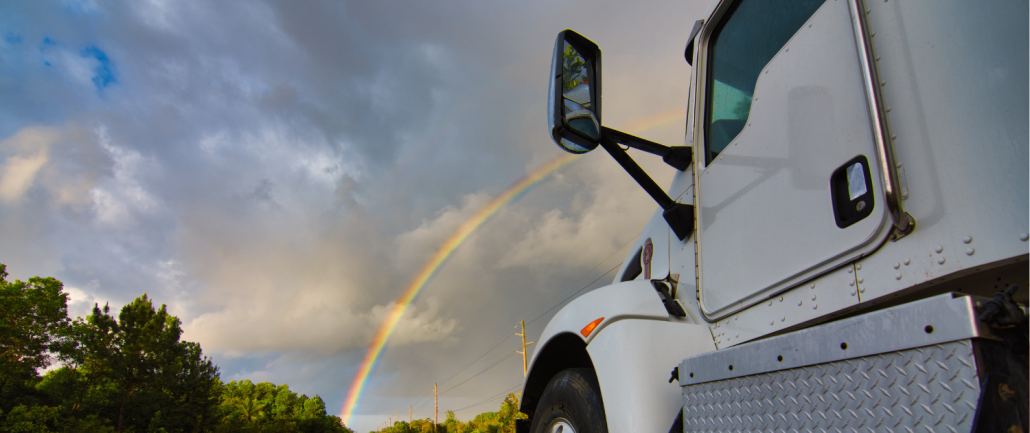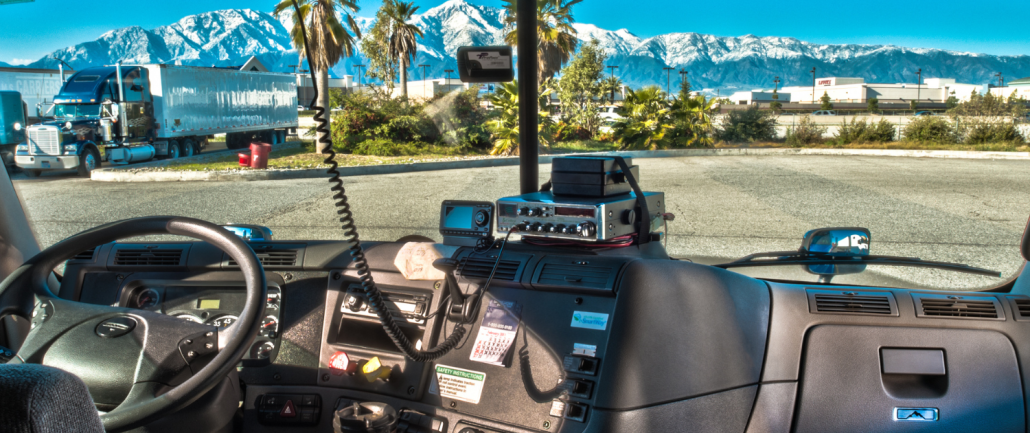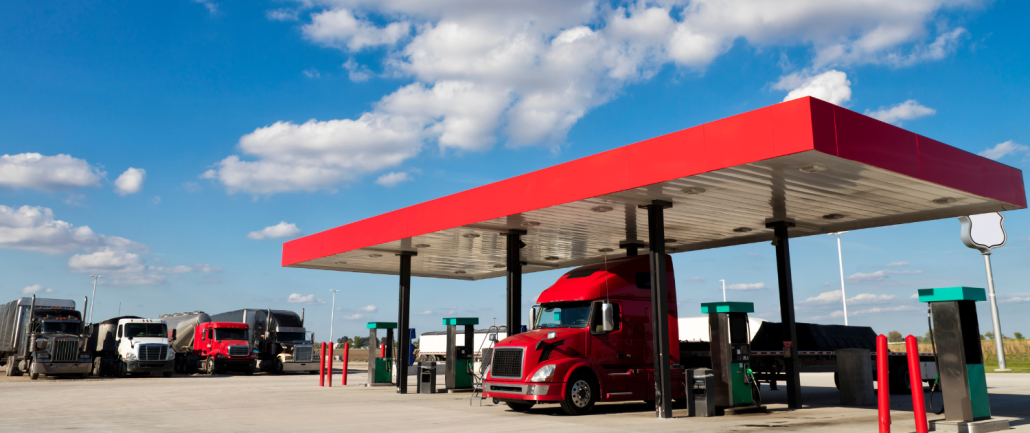 Every CDL job interview is an important step in finding a role that fits your experience, lifestyle, and long-term goals. It is also when recruiters can get a real sense of how a driver approaches safety, communication, and life on the road.
Every CDL job interview is an important step in finding a role that fits your experience, lifestyle, and long-term goals. It is also when recruiters can get a real sense of how a driver approaches safety, communication, and life on the road.
Standing out during the interview process does not require a perfect driving record or decades of experience. It comes down to preparation, communication, and knowing how to advocate for yourself. Equally important is asking the right questions before accepting a position, to ensure that there are no surprises after orientation and onboarding.
Keep reading for some practical tips to help drivers make a strong impression during a trucking job interview, along with key questions every driver should ask a recruiter before committing to a role.
How to Stand Out in a Trucking Job Interview
Here are four key tips to consider when preparing for your next job interview.
1. Know Your Own Experience and Driving History
Before the interview, take time to review your driving history, recent employers, and equipment experience. Recruiters often ask about:
- Different types of freight you have hauled
- Equipment and trailers you are comfortable with
- Regions or lanes you have run
- Safety incidents or violations, if any
Being able to clearly explain your background builds trust and shows professionalism. If there are gaps in employment or a past incident on your record, it’s important to be honest and prepared to explain what you learned from the experience.
“Stand out during an interview by being transparent on your application,” said Jessica R., an NFI recruiter. “What I mean by transparent is by providing us with any tickets, accidents, or gaps of employment that you previously may have. We love and appreciate drivers who are up front on their application.”
2. Treat the Interview Like a Professional Conversation
Whether the interview happens over the phone, by video, or in person, professionalism still matters. The way you prepare, communicate, and show respect for the recruiter’s time can signal how you approach safety, responsibility, and day-to-day work on the road. Consider the following tips when scheduling and planning for your interview:
- Be on time or available when scheduled
- Find a quiet space where you can focus if your interview is virtual or by phone
- Have a pen and paper ready to take notes
Jessica added, “An easy way to stand out in a trucking interview is to make sure you bring all of your documents. That shows me that you are coming in prepared, and that you’re coming in with the mindset of getting the job.”
3. Highlight Safety and Reliability
Carriers want drivers they can count on to operate safely, follow procedures, and communicate when challenges arise. Your interview is the perfect opportunity to share how you approach safety and compliance, how you handle tight schedules or unexpected delays, and how you stay in close communication with dispatch and operations teams.
Recruiters also pay close attention to a driver’s equipment experience and familiarity with different trucks and trailers, especially when fleets operate a mix of makes and models. Jessica shared why this is a key part of their interview process, saying:
“Another thing that I look for during an interview process with a driver is the type of equipment that they previously used at their jobs. Some of our trucks that we use are Freightliners, Volvos, and Macks, and I like to bring that up to a driver’s attention because sometimes they have not previously driven those models before.”
Even if you are newer to the industry, you can still stand out by talking about the habits you have already built, such as thorough pre-trip inspections, consistent adherence to hours-of-service rules, and proactive communication when questions or issues come up.
4. Show Genuine Interest in the Role and the Company
Compensation matters, and reputable carriers understand that fair, transparent pay is a key part of retaining professional drivers. During the interview, however, recruiters are also listening for signs that a driver understands what the job actually involves and how they might fit within the operation.
Drivers who take time to learn about the company often stand out as more prepared and more likely to succeed in the long term.
Showing interest can be as simple as asking informed questions about the type of freight hauled, home-time expectations, or how routes are assigned. Referencing the company’s operating model, safety standards, or support systems also demonstrates that you have done some research and are thinking beyond your first week on the job.
Questions Every Driver Should Ask a Recruiter Before Accepting a Job
When speaking with drivers who have recently gone through the hiring process, home time and pay consistently rise to the top of their priorities. Fresher S., an NFI driver who has been with the company for seven months, shared his approach when evaluating opportunities.
“I was asking recruiters specifically about my home time and my pay. Those are the two most important questions,” Fresher said.
A strong interview works both ways. Asking the right questions helps you gain a clearer picture of the role, the expectations, and whether the position aligns with your priorities as a driver.
What does a typical work week look like?
Always be sure to ask about scheduling, dispatch hours, and workload expectations. Understanding the role in practical terms helps prevent surprises down the road. Important details to consider include:
- Average miles per week
- Start times and load consistency
- Weekend or holiday requirements
How is pay structured?
You should never be afraid to ask for clarity around compensation, as you should leave every interview knowing whether pay is based on miles, hourly rates, salary, or a combination. It can also help to ask about bonuses or incentives, detention, layover, and breakdown pay, or other accessorial pay.
What kind of equipment will I be driving?
Equipment quality affects every part of a trucker’s job, including comfort, safety, and efficiency. Be sure to ask about:
- Truck age and maintenance schedules
- Automatic versus manual transmissions
- Safety technology and in-cab features
How does the company support drivers on the road?
Support systems matter when challenges arise, and a good employer should understand how important reliable communication and problem-solving resources are for drivers on the road.
It’s helpful to ask about the tools and teams available to help you when issues come up, how quickly drivers typically receive support, and what systems are in place to keep operations running smoothly. Also, you can consider asking about:
- What’s communication with dispatch like?
- Availability of maintenance support
- Training or ongoing professional development opportunities
If you’re ready to take the next step in your driving career, Drive My Way makes it easy to explore CDL jobs with trustworthy companies like NFI Industries. You can compare roles side-by-side and find the best fit for your experience, home-time needs, and long-term goals. Start exploring CDL opportunities with companies like NFI today at https://jobs.drivemyway.com/

 For many truck drivers, life on the road brings a unique mix of freedom, responsibility, and long hours away from home. That lifestyle shapes everything, from
For many truck drivers, life on the road brings a unique mix of freedom, responsibility, and long hours away from home. That lifestyle shapes everything, from  The holiday season brings many traditions each year, from family gatherings to festive meals and crowded retail stores. Behind all of this activity is the dedicated workforce of truck drivers who make the busiest time of year possible.
The holiday season brings many traditions each year, from family gatherings to festive meals and crowded retail stores. Behind all of this activity is the dedicated workforce of truck drivers who make the busiest time of year possible.  Searching for a new trucking job can feel like a full-time job itself. Between countless listings, company websites, and recruiters, it’s easy to feel overwhelmed or unsure where to begin.
Searching for a new trucking job can feel like a full-time job itself. Between countless listings, company websites, and recruiters, it’s easy to feel overwhelmed or unsure where to begin. Starting your career as a truck driver can be exciting and rewarding, but like any new profession, it comes with a learning curve.
Starting your career as a truck driver can be exciting and rewarding, but like any new profession, it comes with a learning curve.  When you spend most of your time behind the wheel, a good app can make the difference between a smooth trip and a stressful one.
When you spend most of your time behind the wheel, a good app can make the difference between a smooth trip and a stressful one.  For professional drivers, a truck cab is far more than just a workspace. It can be a living area, sleeping quarters, and storage room all at once.
For professional drivers, a truck cab is far more than just a workspace. It can be a living area, sleeping quarters, and storage room all at once. 

 Life on the road is demanding, and truck stops play a big role in making long hauls more comfortable.
Life on the road is demanding, and truck stops play a big role in making long hauls more comfortable. 
